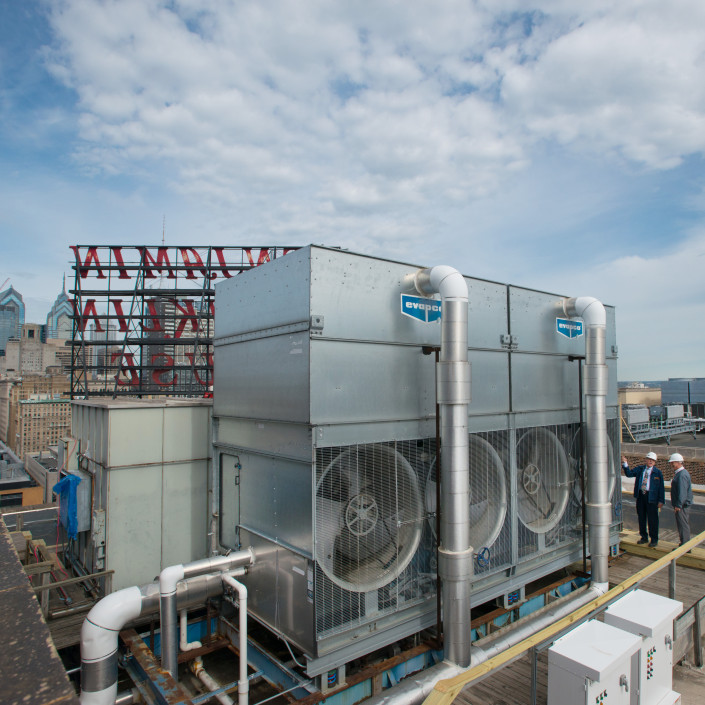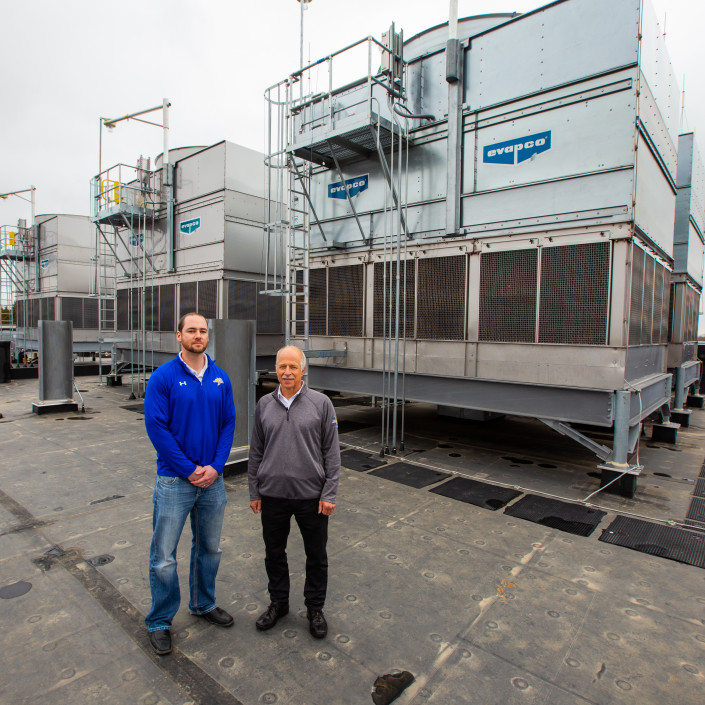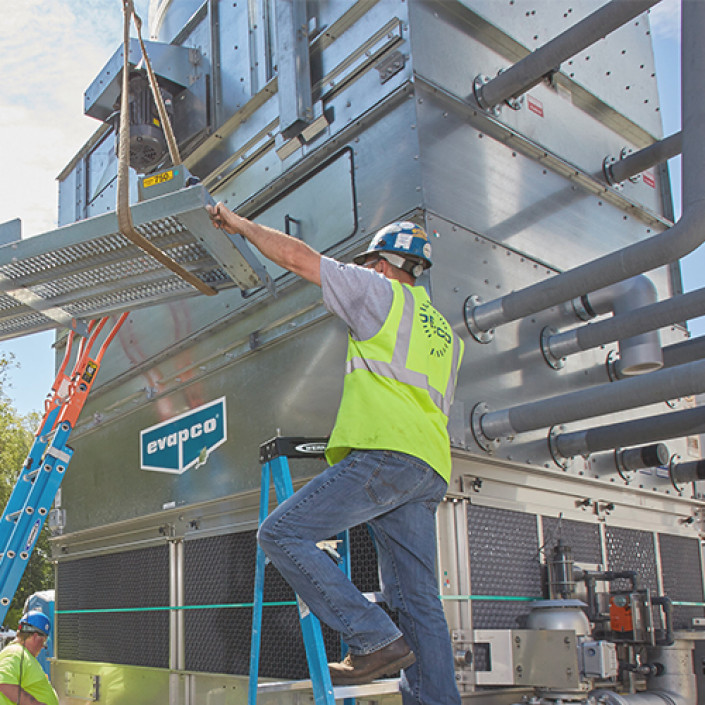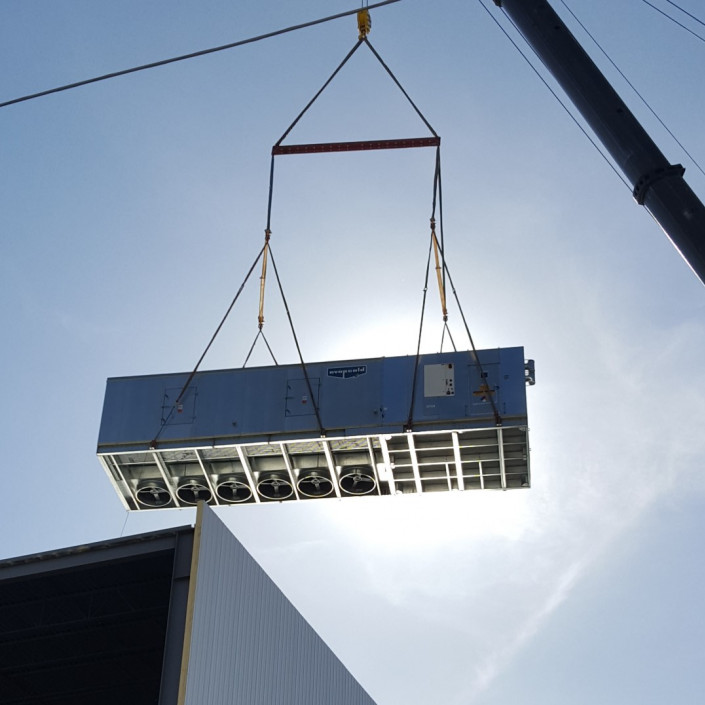
Case Studies
September 9, 2019
Original article found here. Recreating Discontinued Model Makes for a Smooth Installation Downtown Philadelphia’s Benjamin Franklin House needed an HVAC overhaul but, like most historic buildings, had no room to expand. EVAPCO reached into its archives for the specs of the building’s original cooling tower and created a more powerful, up-to-date version for the same space, making the installation process easier for Elliott-Lewis Corporation. Time for an Upgrade The Benjamin Franklin Hotel—now known as The Franklin Residences or, simply, “The Ben”—was built in 1923. Upgrading historic sites
August 6, 2019
Original article in HPAC Engineering Physical plant additions required 4,000 tons more cooling, but the school was determined to minimize wastewater and save energy. South Dakota’s beauty and significance is often betrayed by its lack of mentions in the national news. Largely comprised of rolling prairie, pothole lakes and crystal clear streams, South Dakota is host to many natural wonders and historically significant landmarks. The Mount Rushmore State is bookended by its two largest population centers. Rapid City lies to the west, near the iconic Black Hills and Badlands National Park, while
July 23, 2019
Original article at ACHR News “Evaporative cooling — direct, indirect, and two-stage solutions — are being used across the board in a wide variety of commercial and industrial solutions,” said Randy Niederer, director of marketing, Cambridge Engineering. “It is currently experiencing a renaissance, as large manufacturing and distribution facilities are choosing this technology to provide cooling relief for employees.” This renaissance, along with several new technology factors, creates a backdrop for contractors to benefit from the sale of evaporative cooling solutions. EVAPORATIVE SALES
September 26, 2017
Read the original here. Introduction Operator training has become one of the most prevalent areas of deficiency in Process Safety Management (PSM)Programs for refrigeration systems today. High turnover in the refrigeration industry coupled with high complexity system designs and an increasing void of technicians trained in foundational trades are the perfect storm for compliance challenges among operators of large refrigeration systems today. In recent years, the average service tenure for ammonia technicians operating refrigeration systems has dropped. In many facilities today, it is common



